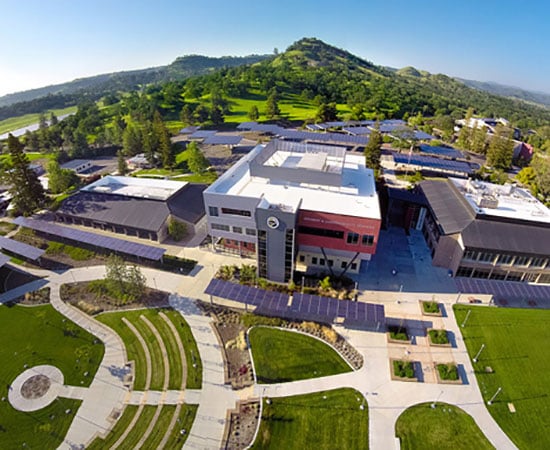XanEdu FlexEd Introduction to Biology (for Non-Majors) is designed to provide students with an overview of essential biological concepts. The goals of the course are to build understanding of core biological principles and to apply this knowledge to real world situations and modern issues. Topics covered include: scientific inquiry; chemistry of life; cell structure and function; genetics; evolution; ecology; human systems; and an overview of the diversity of life..
Schedule a Personal Demo.
Let us help you deliver the perfect course for your students!

Suitable for:
Introduction to Biology (Non-Majors) Courses. We will customize to fit your class.
Great for:
In-person, online or blended learning.

XanEdu FlexEd knows that the way you teach is unique. That’s why we allow you to take what we’ve built and use it as-is, or modified to fit your syllabus.
Our simple editing process allows you to rearrange, add or remove content, embed videos, links or change quiz questions to better match your course.
Need to collaborate with other instructors? With XanEdu FlexEd you can share your content with colleagues. Life just got a lot easier.

Accessible: Available on the Web, with the iPad app, or as a direct link from your LMS. No downloads, plug-ins or pop-ups necessary.
Onboarding Support: Training videos and access to actual human beings will help you get your course launched smoothly.
Easy to Purchase: Students simply register and buy, and we can work with your bookstore as needed.

Suzanne Wakim, M.S.
Professor of Biology
Butte Community College
Suzanne Wakim has been teaching biology since 2000 and has taught at numerous colleges in California, including Butte Community College where she currently teaches. She has developed and designed many courses ranging from botany to microbiology to molecular biology to introductory biology. Suzanne designed the first online biology courses in her district; these courses include human biology, current issues in biology and honors biology. Additionally Suzanne has worked on a variety of textbooks, instructor resources, and student assessments for many different organizations nationwide. In addition to a degree in Plant Biology, Suzanne has multiple online teaching certificates and serves as an evaluator for new online courses and a facilitator for instructional training of new faculty.


Topics are introduced with short, engaging videos. Text readings and practice activities provide detail and enable applied learning.
You’ll know how much time your students are spending learning, what material they’re working with, and when they lose engagement, so you can keep them on-track.
All material is loaded and ready-to-go, including video, textbook, discussion boards, in-class presentation, quizzes and practice activities.
XanEdu FlexEd courses are 80+% less expensive than alternatives. No extras needed. Honest.